Troy
This map of Troy depicts this ancient city as it has unfolded during continual excavations since Heinrich Schliemann uncovered Hissarlik in 1873. Hissarlik was later to be identified as Troy although it was determined there were up to nine cities built on top of each other.
In more recent times, the site has been further excavating by Manfred Korfmann, a German archaeologist. When Korfmann started excavating Hissarlik in 1988, the archaeological community was unaware of the site’s size. In fact, his team excavated over 13,240 square meters of land and discovered the site extended into the known boundaries of the site of Troy. While Troy was originally discovered by Schliemann, Korfmann’s work added structure to the understanding of Troy and provided answers to many cultural and historical questions. For example, excavations in the plains south of the hill and magneto-metric investigations confirmed that Troy was 15 times larger than believed. As a result, worldwide interest in Troy grew exponentially. In 1996 Korfmann helped to establish a national park around the Troy site and two years later UNESCO declared it a World Cultural Heritage site.
